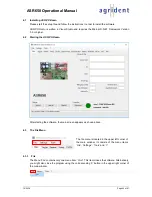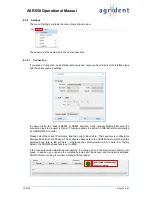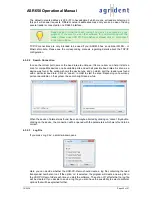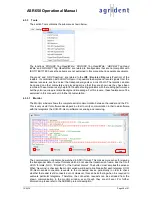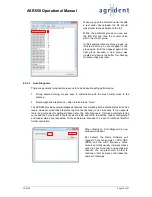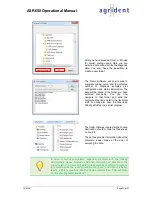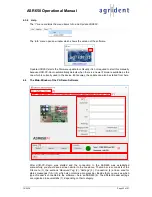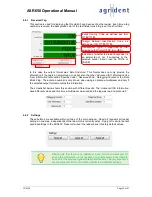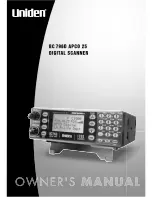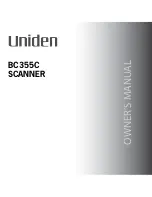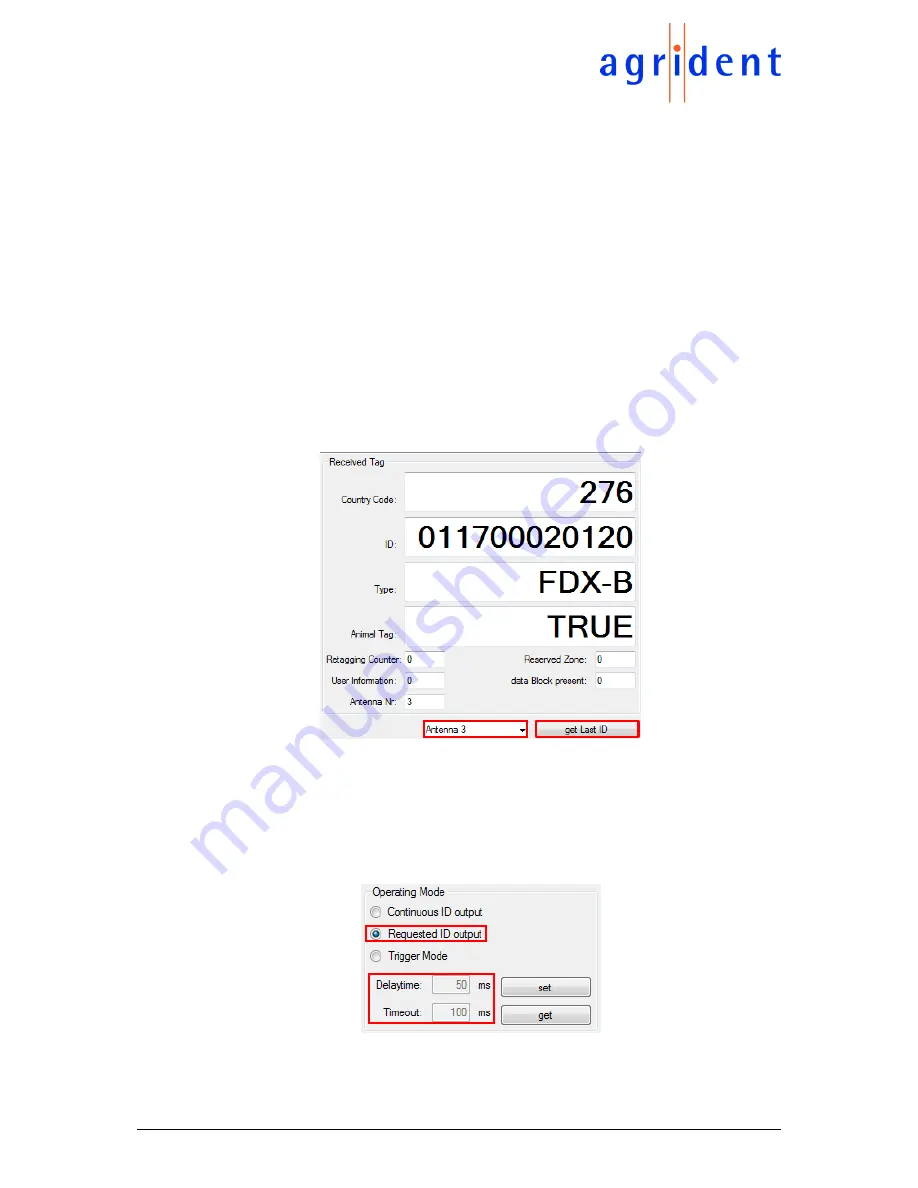
19/09/18
Page 38 of 67
ASR650 Operational Manual
2. Requested ID output
In this operating mode the RF-field is activated permanently as well, but the reader will not
transmit any ID until there is a request from an external controller (
‘
Last_ID request
’). If the
ASR650 detects a transponder, the ID will be written into an internal buffer. The buffer can contain
10 IDs maximum. The ID which is written into the buffer first is also the ID which is read from the
buffer if a
Last_ID request
was received (FIFO). Sending several
Last_ID requests
is a way of
emptying the buffer.
If you have lots of ASR650s connected to one RS485 bus, you have to poll the readers
– one
after the other. Therefore, you have to give the readers different network addresses first, using a
point-to-point connection. Please see chapter 4.6.4 (Device Addresses) for details.
The
‘
Last_ID
’ requests to the different readers have to contain the corresponding reader address
as destination address. If you have to implement this into your own software, the ASR650 protocol
description provides further helpful information.
If the reader is set to this operating mode, you will see an additional button
‘
get LAST ID
’ in the
‘
Received Transponder
’ section of the ‘
Main
’ tab.
It is
also possible to include the antenna number into the ‘
Last ID requests
’ in case an antenna
multiplexer is used. There is a buffer for 10 IDs for each antenna channel then.
If the reader is running in Requested ID output mode, the input fields
‘
Delaytime
’ and ‘
Timeout
’
are greyed out, since they are meaningless in this operating mode.
The
‘
Requested ID output
’ mode was called ‘
Slave Continuous
’ for old ASR models.

